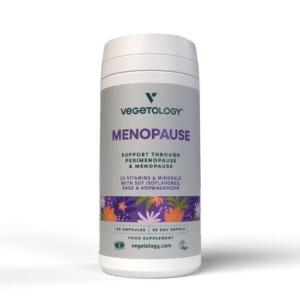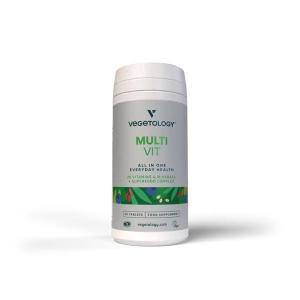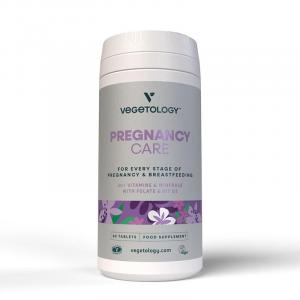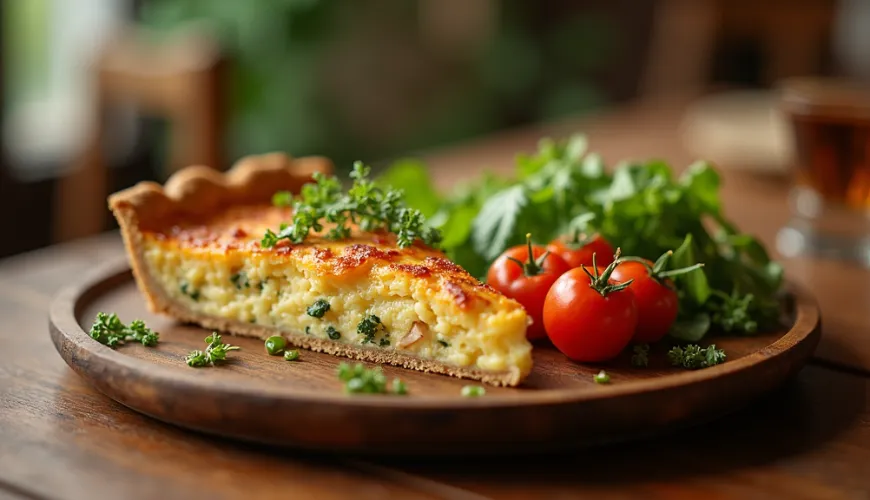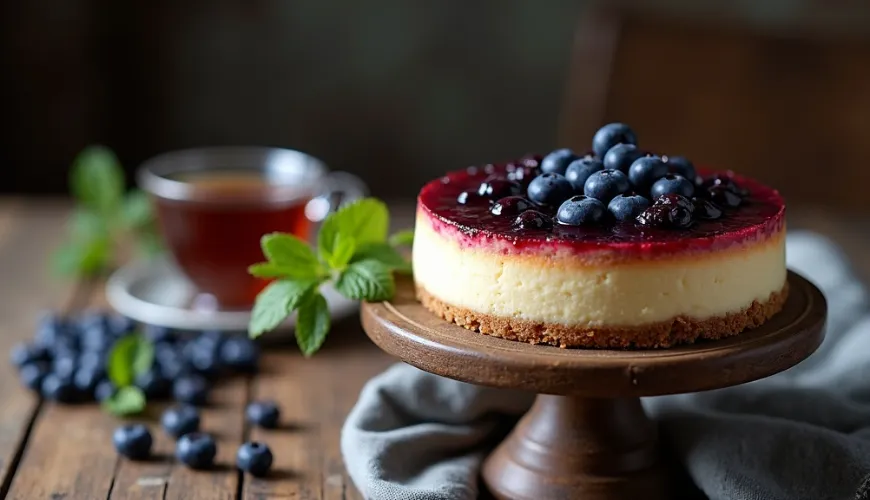
Socca from the south of France brings a new dimension to home cooking
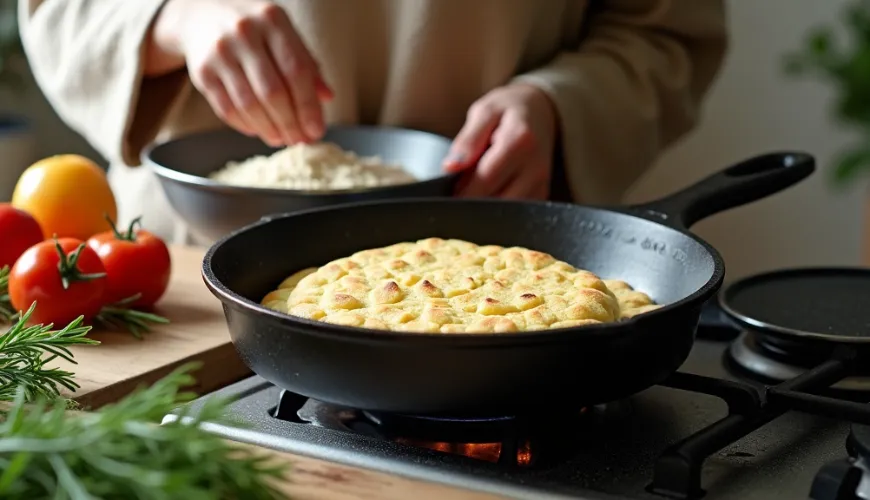
Socca as a Crispy Delicacy from Southern France Conquering the World
When one mentions French cuisine, most people think of cheeses, croissants, or rich sauces. But in the picturesque streets of Nice, a city on the French Riviera, a simple dish is baked in small bakeries and stalls that symbolizes Mediterranean hospitality and simultaneously offers a tasty alternative to traditional pancakes or pizzas – socca. This thin, crispy savory chickpea flour pancake is not only gluten-free and vegan but also surprisingly versatile. And the best part? It can easily be prepared at home.
What is Socca?
Socca (pronounced “soka”) is a traditional specialty from the Nice region, with roots dating back to ancient times. The basic recipe is almost minimalist: chickpea flour, water, olive oil, salt, and sometimes a pinch of pepper or rosemary. The batter is baked on a hot cast iron pan or in an oven, typically at a very high temperature, until the edges are beautifully golden and crispy while the center remains soft and moist.
The dish is often served as street food – freshly baked, cut into triangles, and sprinkled with pepper. In France, people eat it by hand, still hot, as a quick snack at the market or as a complement to evening wine. But socca is much more than just street food – it’s proof that simplicity in the kitchen can be utterly enchanting.
History and Mediterranean Roots
Although many people associate socca exclusively with the French Riviera, similar dishes appear elsewhere under various names. In Italy, it is known as farinata, in parts of Liguria even called "cecina". In Spain, we come across "calentita", in Algeria "karantika". This suggests how deep and intertwined the culinary influences are among Mediterranean nations. Socca is thus not only a dish but also a testament to cultural exchange and the sharing of traditions around the Mediterranean Sea.
You might be surprised to learn that the origin of socca dates back to ancient Rome and Greece, where chickpeas were commonly used in a humble yet nutritious cuisine. Chickpea flour is high in protein, fiber, and minerals – making it an excellent ingredient for anyone interested in a healthy lifestyle.
Socca Recipe
Preparing socca at home is surprisingly easy and requires no special equipment. You just need a quality cast iron pan (or a thick baking sheet), an oven with a high temperature setting, and a few minutes of time.
Basic Recipe for Socca:
Ingredients:
- 130 g chickpea flour
- 250 ml water
- 2 tablespoons extra virgin olive oil (+ oil for greasing the pan)
- ½ teaspoon salt
- Freshly ground pepper (to taste)
- Optional: dried rosemary, thyme, or garlic
Instructions:
- Mix chickpea flour with water, salt, and a tablespoon of olive oil. Let the batter rest for at least 30 minutes – ideally an hour or longer.
- Preheat the oven to 250 °C with the cast iron pan inside. The pan must be really hot for the batter to quickly develop a crispy texture.
- Remove the pan, coat it with oil, and quickly pour in the batter. Spread into a thin layer (about 5 mm).
- Bake for 10–15 minutes until the edges are golden and dark blisters form.
- After baking, sprinkle with freshly ground pepper and serve hot.
One of the charms of socca lies in its adaptability. You can enrich it with grated zucchini, a pinch of cumin, or red onion. It’s the ideal base for creativity – whether you serve it as an appetizer, snack, or light dinner with a salad.
Socca as Part of a Healthy Lifestyle
While some traditional recipes are rich in butter, cream, and simple carbohydrates, socca goes against the grain. Due to its composition from chickpea flour, it is naturally gluten-free with a low glycemic index and also rich in plant proteins and fiber. This makes it an attractive choice for vegans, people with gluten intolerance, and anyone looking for a more nutritious alternative to bread.
Moreover, chickpeas are high in folates, iron, magnesium, and zinc – nutrients often lacking in modern diets. At a time when interest in plant-based diets and sustainable foods is growing, socca becomes a welcome ally on the plate.
Try our natural products
A Hidden Culinary Gem Even in Czech Households
Although socca is still relatively unknown in the Czech Republic, its popularity is slowly growing – especially among people who pursue a healthy lifestyle or are interested in Mediterranean cuisine. In online communities and on social networks, Czech versions of recipes are beginning to appear, often spiced up with local ingredients such as garlic, dried tomatoes, or seasonal vegetables.
Similar to Nice, where socca is served with wine at evening markets, in the Czech Republic it is finding its way to tables as part of informal parties, brunches, or picnics. Prepare it with a bowl of hummus, with a fresh vegetable salad, or as an alternative to a pizza base – the possibilities are endless.
For example, Jana from Brno, who works as a nutrition consultant, started preparing socca regularly during the lockdown. “I was looking for simple dishes with a few ingredients that I always have at home. When I first tried socca, I was surprised at how filling and tasty it is. Today, I make it at least once a week – the kids love it with pesto, and I often take it to work,” she says.
Tips and Tricks for Perfect Results
- Don't skimp on quality chickpea flour. Freshly ground or organic flour has a more pronounced flavor and better texture.
- Don't be afraid of high temperature. Socca needs a proper heat to achieve its typical crust.
- Let the batter rest. The longer, the better – the flavor will mellow, and the batter will hold together better.
- Experiment with spices. Rosemary, thyme, cumin, or smoked paprika will give the batter a new dimension.
“Sometimes the simplest dishes are the best,” says renowned French chef Alain Ducasse. And socca only confirms this.
The next time you look into your pantry and find you only have chickpea flour, a few drops of olive oil, and salt, don’t hesitate. You might just be creating your new favorite dinner.
